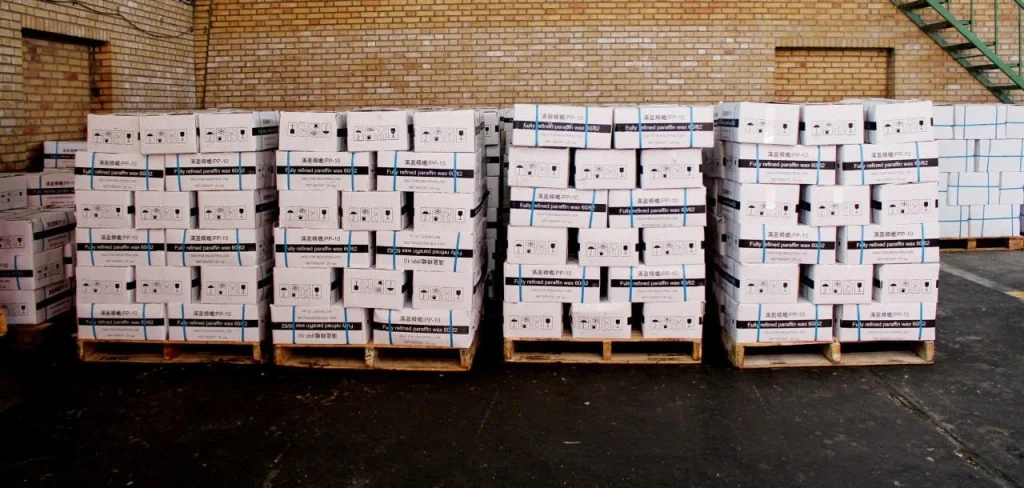
What is the melting point of paraffin wax?
The melting point of paraffin wax is the temperature at which it changes from a solid to a liquid. This is a critical property for manufacturers and industries using paraffin wax in candles, cosmetics, packaging, or pharmaceuticals. Understanding the precise melting range helps ensure performance, consistency, and safety in production.
Why the Melting Point of Paraffin Wax Matters
The right melting point affects everything—from how a candle burns to how a cream sets. If the temperature is too low or too high, it can cause quality issues, safety problems, or processing troubles. For businesses working with paraffin wax, knowing the exact melting point ensures product reliability.
Standard Melting Range for Paraffin Wax
Paraffin wax doesn’t have a single melting point—it has a range, depending on its refinement and composition.
- Typical melting point: Between 46°C and 68°C (115°F to 154°F)
- Lower melting waxes are softer and more pliable
- Higher melting waxes are harder and more heat-resistant
Fully Refined vs. Semi-Refined Wax
- Fully refined paraffin wax: Narrow melting range (58°C–60°C), used in food, cosmetics, and pharma
- Semi-refined paraffin wax has a wider melting range of 50°C to 65°C. It is often used in industries for making candles and coating boards.
Factors That Affect the Melting Point
Multiple variables can shift the melting point of paraffin wax.
Impact of Oil Content
- Low oil content (less than 0.5%) = Higher melting point
- Higher oil content (up to 5%) = Lower melting point, softer wax
Other influencing factors:
- Molecular weight
- Additives or blending agents
- Crystallinity and chain length
Applications That Depend on Specific Melting Points
Different industries require paraffin wax with different thermal properties.
Industrial vs. Cosmetic Applications
- Industrial: Higher melting point waxes are used in hot climates or high-friction applications like packaging or lubrication.
- Cosmetic and personal care: Lower melting point waxes are easier to work with and feel smoother on skin.
For example:
- Candle makers may need 58–60°C for a stable burn
- Lip balm makers might choose 50–54°C for better skin feel
- Board coating may require waxes above 65°C to withstand heat
How to Measure and Control Paraffin Wax Melting Point
Precision is key when working with paraffin wax at scale.
Testing Methods: Lab vs. On-Site
- Lab testing (ASTM D87): Measures melting point accurately using standard procedures
- On-site testing: Simple hot plate methods or melting baths can give quick results
Controlling the melting point helps maintain consistent product performance, reduce defects, and optimize production temperature.
Choosing the Right Paraffin Wax for Your Needs
Before buying, always check:
- Melting point range
- Oil content
- Refinement level
- Packaging form (slab, granule, liquid)
Work with a supplier that can match your exact technical requirements and provide documentation like SDS and TDS.
About Faragam Paraffin
At FaragamParaffin, we make and supply high-quality paraffin wax. Our wax has exact melting points for your needs. Whether you need fully refined wax for cosmetics or semi-refined wax for candles and packaging, we have you covered. Our bulk products are tested, certified, and available in a range of grades.
Need help choosing the right paraffin wax melting point for your project? Contact us today and talk to our technical team. We’re here to support your business every step of the way.
